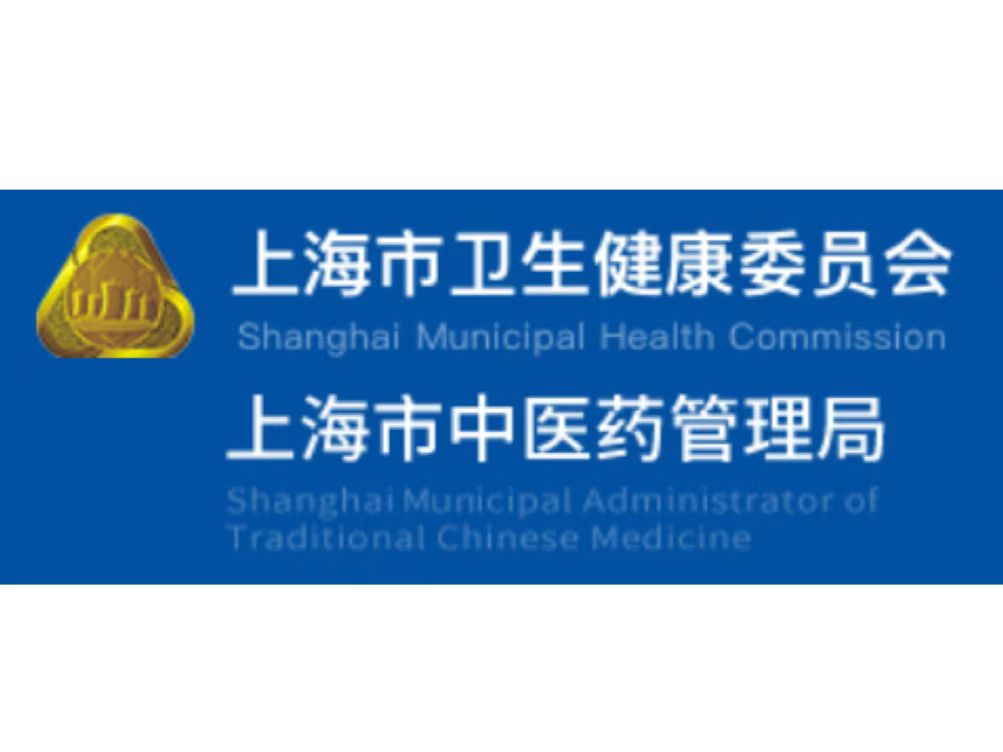



On October 9, 2022, the Office of the Leading Group for Deepening Medical and Health System Reform in Shanghai issued the Notice on Piloting the High-Quality Development of Public Hospitals in Shanghai (hereinafter referred to as "the Notice"). The Notice points out that the pilot should be carried out in-depth to further establish and improve the modern hospital management system, technological & management innovation, and promote the development of public hospitals from scale expansion to quality improvement and efficiency.
Previously, the "Guangzhou Strategic Emerging Industries Development" 14th Five-Year Plan also proposed that in the field of medical testing, actively support the pilot of LDT, encourage the development of "integrated" platform technology, research and development of high-end testing integration Equipment, to overcome the stability, reliability, miniaturization and intelligence of instruments and other key technologies.
On March 18, 2021, the newly revised Regulations on Supervision and Administration of Medical Devices (hereinafter referred to as "the Regulations"), officially issued by the NMPA, gave recognition to the LDT model. Term 53 of the Regulations: "For domestic in vitro diagnostic reagents that are not yet available in the same species, eligible medical institutions in accordance with the clinical needs of the unit, can develop their own, under the guidance of a licensed physician, used in the unit. Specific management measures by the State Council drug supervision and management department in conjunction with the State Council department in charge of health development."
The newly revised Regulations reflect the concern of the regulatory authorities on the compliance of medical devices used by medical institutions. At the same time, the gradual compliance of the LDT model also means that its commercialization potential is poised to develop. The good commercial potential also lies in its significance for the diagnosis and treatment of rare diseases and the rapid application of new targets. The discussion for LDT should return to clinical needs and oncology diagnosis and treatment applications, if the new technology can achieve early screening or diagnosis with higher cost effectiveness, better specificity and sensitivity with feasible quality regulation.
At present, there are also LDT companies and hospitals to adopt the business model of hospital listing to establish a joint laboratory, that is, the LDT companies provide testing equipment and reagents, the hospitals bill patients for testing and pay the LDT companies for technical services.
The advent of LDT in China has solved two major problems. On the one hand, doctors and patients can choose LDT products when there are no commercial reagents available in the market for diagnosing certain diseases. On the other hand, unlike IVD reagents that take 3-5 years to register, LDT products can be qualified and entered into the market after project development, providing a "fast track" for the rapid application of new targets. It avoids the phenomenon that many targets that have been proven to be clinically significant internationally or newly discovered markers with clinical value cannot be quickly applied to patient treatment.